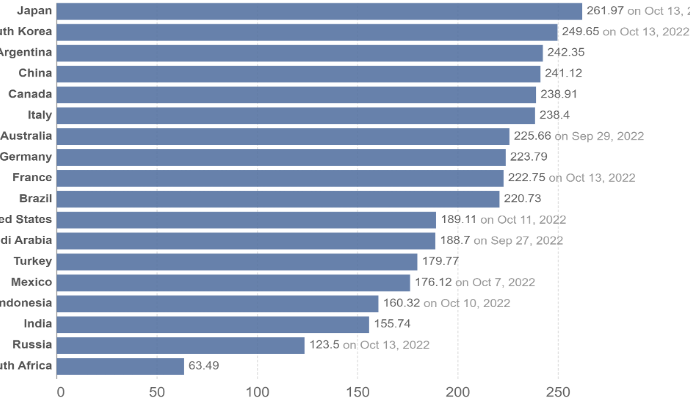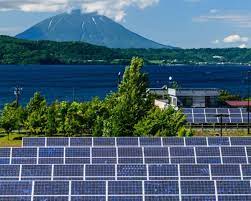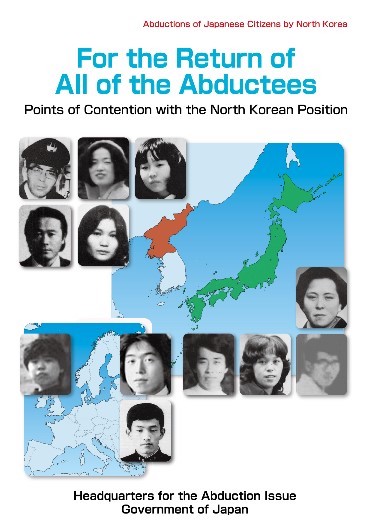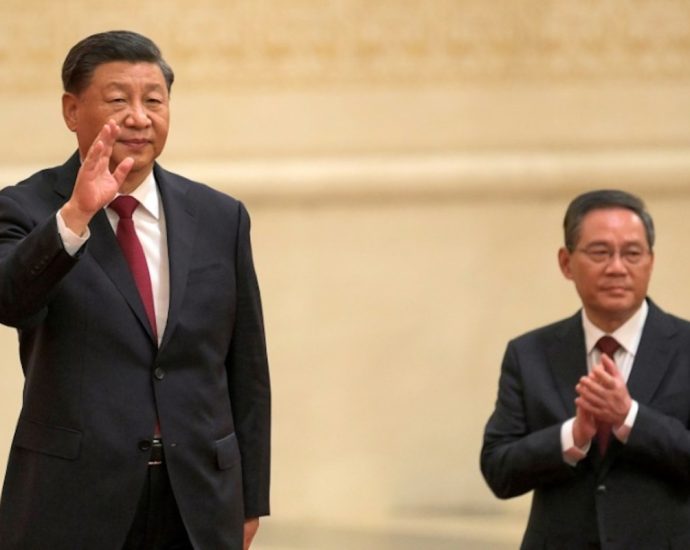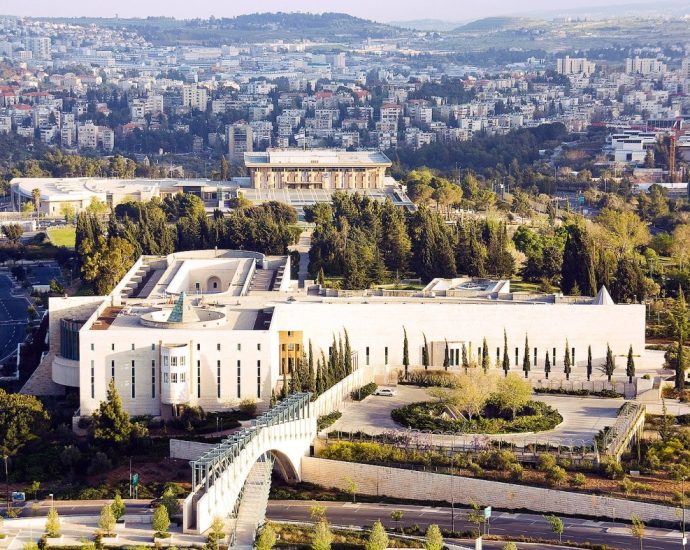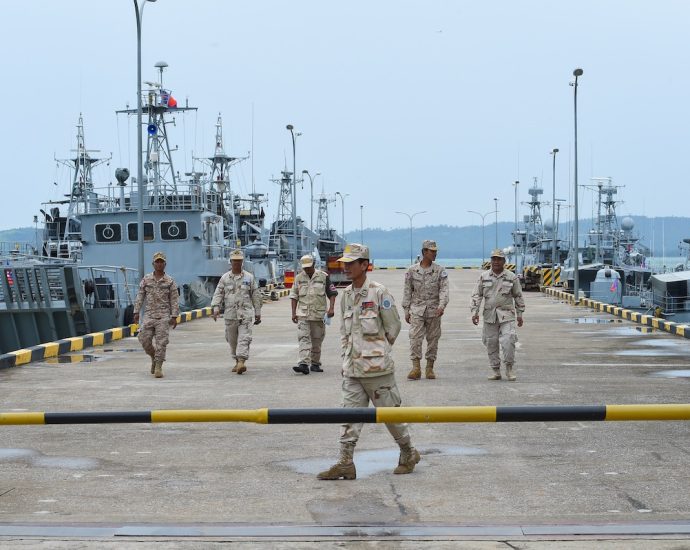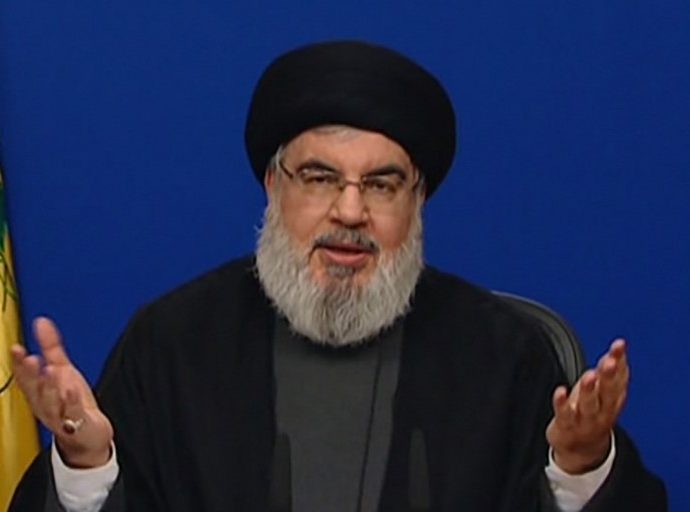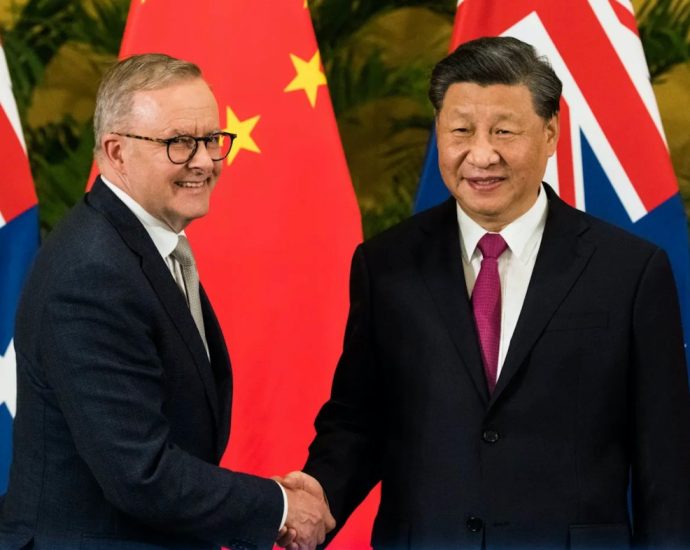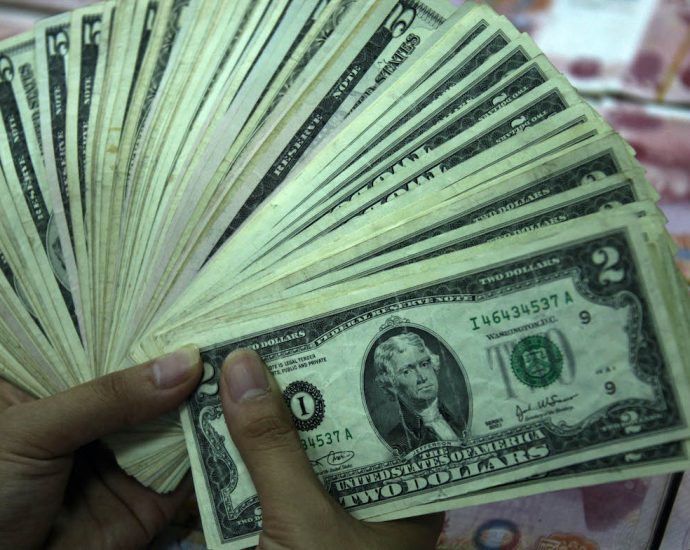The end of Eurocentrism
Eurocentrism can be defined as a cultural phenomenon that views non-Western societies from a European or Western perspective. In European and North American historical writing on the rest of the world, it was long the dominant outlook, not coming under attack from within the West until the 1960s.
That was the time when Eurocentrism met its first great challenge in the work of Marshall Hodgson, author of the three-volume work The Venture of Islam. Hodgson showed that the history of literate societies should be centered on Asia and its outliers rather than on Europe. And before the modern era, Islamic civilization was the light that radiated to the periphery where Europe existed.

The latest book by Jan Krikke, author of Creating a Planetary Culture: European Science, Chinese Art, and Indian Transcendence, is a brief but very effective work that continues to expose the limits of Eurocentric history.
This makes his book timely: The West is struggling to come to terms with ceding its prominent role in the world to Asia for the first time in 500 years.
Krikke, a longtime Asia correspondent and frequent contributor to Asia Times, gives Chinese and Indian civilizations equal pride of place in the emergence of our modern world.
At first sight, the main thesis of his book appears to be reductionist: Europe excelled in science, China tended toward art or esthetics, and India’s forte was religion or spirituality. Their mutual influence, which started in earnest in the 19th century, is shaping our planetary culture.
Krikke gives due credit to George Rowley, the American art historian who first noted the dominant qualities of the world’s three “source cultures.” Rowley famously noted: “The Chinese way of looking at life was not primarily through religion, or philosophy, or science, but through art.”
Krikke describes conventional accounts of Europe’s Modernist Revolution between the 1860s and the 1920s as one of the most notable examples of Eurocentrism. He shows that the Japanese woodblock print (ukiyo-e), based on the Chinese prototype, was instrumental in moving European artists away from the optical style that had dominated European art for centuries.
Frank Lloyd Wright, the “father” of modern architecture, was one of the few modernists to recognize the East Asian roots of the Modernist Revolution. Wright himself was strongly influenced by Japanese art and architecture. Giving a lecture on the influence of the Japanese print on his work in the 1920s, Wright told his audience:
“The [Japanese] print is more autobiographical than you may imagine. If the Japanese print were to be deducted from my education, I don’t know what direction the whole might have taken.
“The gospel of elimination of the insignificant preached by the print came home to me in architecture as it had come home to the French painters who developed Cubism and Futurism. Intrinsically the print lies at the bottom of all this so-called modernism. Strangely unnoticed, uncredited. I have often wondered why.”
Krikke pioneered the study of the origin of axonometry, the English name for a projection system developed in the 10th century by Chinese architects. Axonometry is to Chinese art what linear perspective is to European art.
In the 1920s, during the climax of the Modernist Revolution, European artists and architects embraced the Chinese projection system. Today, axonometry is a key feature of computer-aided design (CAD) systems. Virtually any structure of consequence built in the world today, whether skyscrapers or space shuttles, starts on the drawing board as an axonometric projection.
Krikke also sheds light on one of the most enigmatic stories in the history of science. In the late 17th century, the German mathematician Gottfried Leibniz invented the binary code, but after encountering a diagram of the 64 hexagrams from the I Ching (Book of Changes), Leibniz wrote a paper crediting the Chinese with first having used a binary code.
The Chinese binary system uses a different code, broken and unbroken lines rather than 0 and 1, but Leibniz argued that the principle was the same.
In the 1960s, Joseph Needham, author of the monumental study Science and Civilisation in China, shed new light on Leibniz’ claim by making the connection with the modern science of Cybernetics. Needham wrote:
“It [the binary code] has been found to be, as [Norbert] Wiener points out in his important book on cybernetics, the most suitable system for the great computing machines of the present day.
“It has been found convenient to build them on a binary basis, using only ‘on’ or ‘off’ positions, whether of switches in electrical circuits or of thermionic valves, and the type of algorithm followed is therefore the Boolean algebra of classes, which gives only the choice of ‘yes’ or ‘no,’ of being either inside a class or outside.
“It is therefore no coincidence that Leibniz, besides developing the binary arithmetic, was also the founder of modern mathematical logic and a pioneer in the construction of calculating machines. As we may see later, Chinese influence was responsible, at least in part, for his conception of an algebraic or mathematical logic, just as the system of order in the Book of Changes foreshadowed the binary arithmetic.”
Krikke takes the story one step further by pointing out that cybernetics and the I Ching both rely on binary/Boolean logic. The trigrams and hexagrams are conceptually the same as Boolean classes. The Boolean operators in the I Ching are favorable and unfavorable. He quotes transpersonal psychologist Marysol Sterling Gonzalez, who referred to the I Ching as a “psychological computer.”
The third theme in Krikke’s book centers on the macrohistory of Larry Taub, author of The Spiritual Imperative. Taub’s macrohistory is based on an ancient Hindu prophecy centered on Varna, which holds that humanity goes through a cycle of four stages, each of which advances human consciousness.
Taub mentions the abolition of slavery as an example. That inhumane practice was endemic throughout the world for millennia, but in the 19th century, abolishing slavery suddenly became a “spiritual imperative.”
The spiritual imperatives of our time identified by Taub are ecological protection, economic equality, voluntary simplicity, and the development of human-centric technology.
The first indication of a “new age” emerging came in the 1960s, when raising consciousness went mainstream. Millions of people around the world discovered the value of yoga, meditation techniques, and a natural holistic lifestyle, and they made it part of their daily routine.
Like Taub, Krikke can be accused of having a utopian view of humanity. He argues that technology will lead to the end of human need in the second half of the 21st century and consciousness-raising will lead to a reduction in human wants. Artificial intelligence and related technologies will eliminate most jobs that do not require human warmth, and people will be required to work just a few hours a week.
Krikke does not directly address some of the pressing issues of our time: whether the world will find the political will to change to current system of extreme inequality and exploitation, whether societies will be able to find a mechanism to distribute the fruits of the so-called Fourth Industrial Revolution equitably, or whether humanity can prevent an ecological catastrophe.
But his book weaves a fascinating tale demonstrating the falsity of the Eurocentric division of history into ancient, medieval, and modern with the West in the lead and the others bringing up the rear. China and then Japan were what the West calls “modern” in many respects and, in architecture and the arts, it was their influence that helped to make the West modern.
Krikke shows that Europe, China and India have influenced one another in highly significant ways and that, as Marshall Hodgson once asserted, history must be written from the perspective of the world, not from that of a particular civilization.
Eurocentric history is detrimental to developing a planetary mindset. It has become increasingly clear that a viable future must be created through the cooperation of equals. Otherwise, the world is in big trouble.


